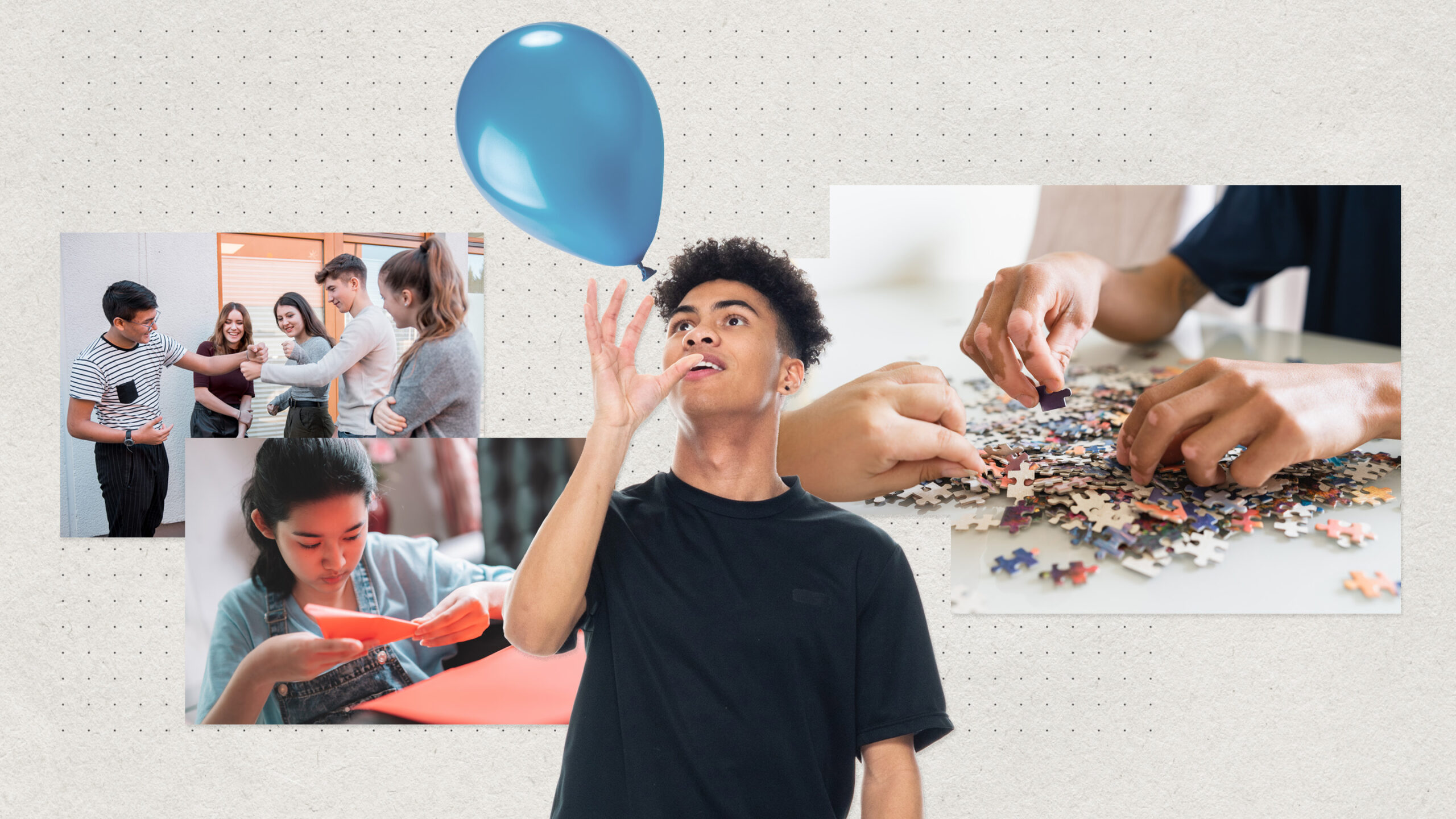Reflecting on the tenets that shape our educational practices is fundamental for …
17 Brain Breaks Designed for High School Students
Lila Lightbringer

Kids, just like adults, go through periods of focused attention and distraction. The length of these periods varies with age and differs between individuals. When it comes to middle and high school students, neurologist and teacher Judy Willis recommends studying concentratedly for 20 to 30 minutes, followed by a three-to-five-minute break.
Regardless of attention spans, brain breaks can be helpful for older students. They prevent them from feeling overwhelmed and provide opportunities for reflection, joy, and connection during a busy school day. Moreover, brain breaks are an essential part of the learning process.
According to neuroscientist Leonardo Cohen, breaks in learning play a crucial role in the skill development process. They are not pauses in active learning but rather the periods in which our brains consolidate and solidify memories of what we have just practiced. Incorporating breaks into learning is just as important as practice itself when it comes to acquiring new skills.
Brain breaks can take various forms in the classroom, depending on the desired outcome. To boost students’ mood, activities that increase restorative neurotransmitters like dopamine are recommended. These activities include laughing, moving, listening to music, and interacting with peers. Additionally, brain breaks that involve physical activity not only provide stress relief but also stimulate brain activity by increasing blood flow and oxygen supply to the brain, helping students regain focus when feeling tired.
1. Thinking Outside the Box: Start a doodle on the board and ask students to creatively transform it into something unexpected. The initial drawing prompt can be suggested by volunteers. (Source: Tina Centineo via X).
2. “Train Your Brain”: Have students touch their nose with their right index finger, then touch their ear with their left hand index finger. After that, they switch the position of their hands. This activity helps develop coordination skills and can be turned into a competition to make it more engaging. (Source: Matt Head via TikTok).
video
3. Would You Rather: Pair students up and have them discuss fun “would you rather” questions. For example, they can choose between living in a world with no technology or a world with no nature. This activity can also involve movement, with students going to one side of the room or the other to show their preferred option. (Source: Education World).
4. Rest and Reflect: Turn off the lights, play calming background music, and allow students to briefly close their eyes, breathe deeply, and reflect on what they’ve learned. This helps them clear their minds and prepare for the next part of the class. (Source: We Are Teachers).
5. Snowball Toss: Have students write down something they are stressed about on a piece of paper and crum



